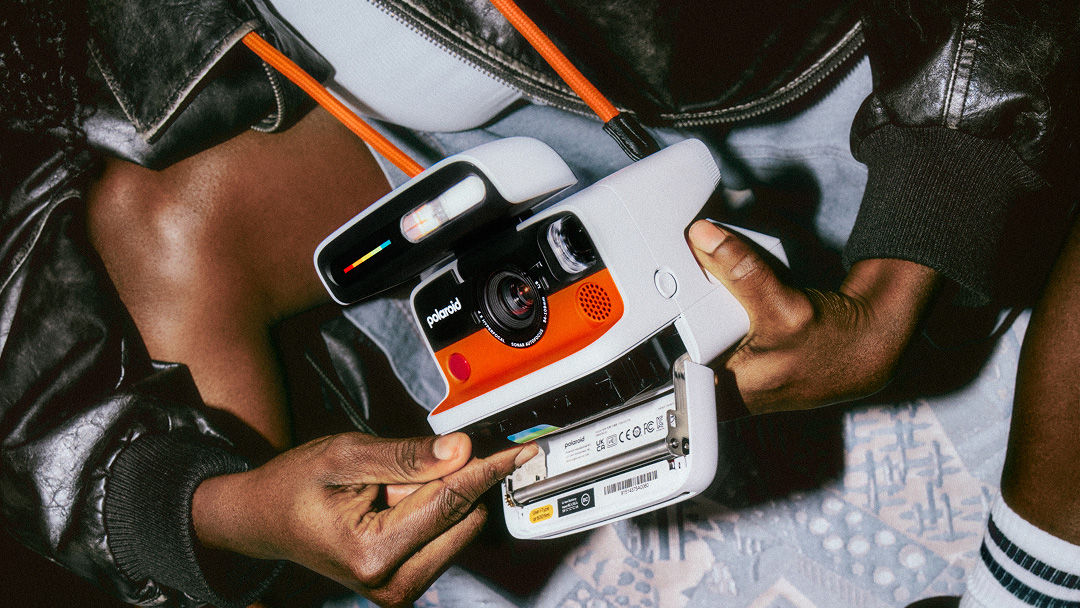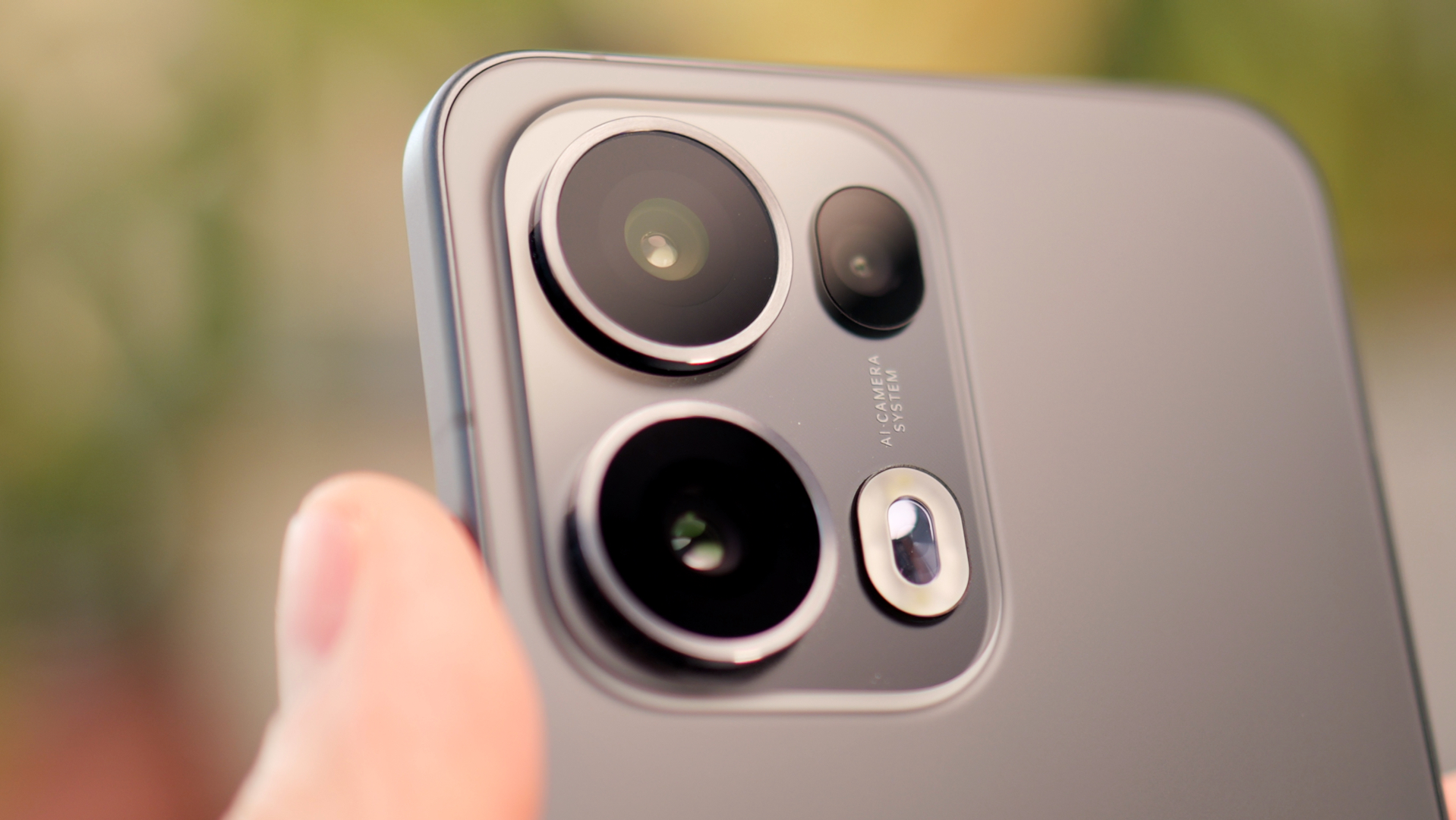The new Polaroid Flip answers some of the biggest complaints that I have with instant film – and I want one
The Polaroid Flip is equipped with a powerful flash, an LED warning light, and sonar autofocus.

As part of the generation that has childhood photos on film but digital photos of my high school graduation, I’ve always had a fondness for instant film as a way to get the analog experience without the cost of a darkroom. But instant film isn’t exactly cheap either, which is why I’m always frustrated when I get a shot that’s too dark or out of focus. But Polaroid’s latest camera uses a mix of retro and new tech to solve some of those issues.
The Polaroid Flip, announced on April 15, is an instant film camera that’s equipped with a warning light for common photo errors as well as bringing back classic tech like sonar autofocus.
Using what Polaroid calls “scene analysis,” the Flip will warn photographers when an image is over or underexposed using an LED warning light inside the camera’s viewfinder. That warning light also works when the subject is too close to the Flip’s lid, which is a key part of the Flip’s design and namesake.
The Polaroid Flip gets its name from the flash unit that flips open to power the camera on and closes to make the camera slightly more compact. Some of Polaroid’s classic instant film cameras had a similar feature. But, the flip flash feature isn’t entirely old school. Along with powering the camera on, flipping up the flash can also connect the camera to the smartphone app, which houses controls to manually adjust the camera settings rather than the automatic settings available on the camera body.

The flash inside that flip lid is more powerful than Polaroid’s pricier I-2 camera and is also equipped with an adaptive feature. This adjusts the power of the flash based on how close or far the subject is, extending the light up to 14.7ft / 4.5m away. The LED warning light inside the viewfinder will also activate when the subject is too close, warning photographers that they’re about to get an image that’s too bright because the subject is too close to the flash.
That warning light is an intriguing feature to me because Polaroid film isn’t exactly cheap and only has eight images in a pack. The warning light should help avoid wasting film on some of the more common errors.
The Polaroid Flip also uses sonar to power an autofocus feature. Many budget instant film cameras don’t have autofocus at all, using a fixed focus like with the Polaroid Go to or zone focus like with the Polaroid OneStep+. The Flip uses sound waves to measure how far the subject is from the lens, like some vintage models do. What’s great about sonar is that it works even in a dark room, so the camera can still focus in shots where that flip-up flash is ready to create that old-school direct flash look.
Get the Digital Camera World Newsletter
The best camera deals, reviews, product advice, and unmissable photography news, direct to your inbox!

The sonar autofocus works with the Flip’s hyperfocal lens that’s designed with four elements to increase sharpness across a range of distances. Other modern features include USB-C charging and the ability to use Bluetooth. The Flip also has the ability to take double exposures and use a selfie timer.
Those features are all wrapped up in a classic-looking Polaroid body, which is slightly larger than the Polaroid Now+. The Polaroid Flip is far from compact, but real retro Polaroid cameras weren’t exactly known for being small, either. As a photographer who has both classic Polaroid Land 100 bellows cameras and a more modern Polaroid OneStep+ 2 on my shelf, the mix of modern and retro on the Polaroid Flip is very enticing.
The Polaroid Flip is expected to retail for $199.99 / £219, which places it in a more affordable tier than the Polaroid I-2. (Australian pricing has not yet been confirmed). The Flip will launch first to Polaroid members on April 15, followed by online availability to all directly from Polaroid on April 29, and from retailer on May 13.
You may also like
Is the Polaroid Flip the right instant camera for you? Compare the features to the options on our list of the best instant film cameras, or compare the differences between different instant film types.

With more than a decade of experience reviewing and writing about cameras and technology, Hillary K. Grigonis leads the US coverage for Digital Camera World. Her work has appeared in Business Insider, Digital Trends, Pocket-lint, Rangefinder, The Phoblographer and more.
You must confirm your public display name before commenting
Please logout and then login again, you will then be prompted to enter your display name.
